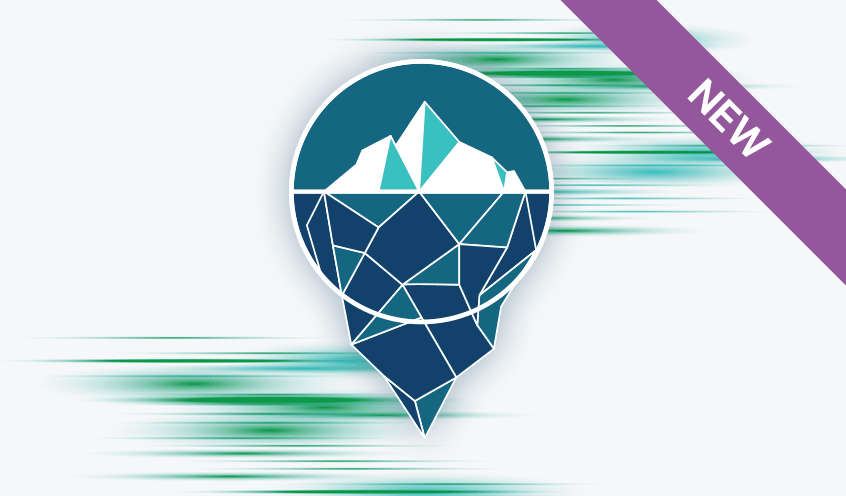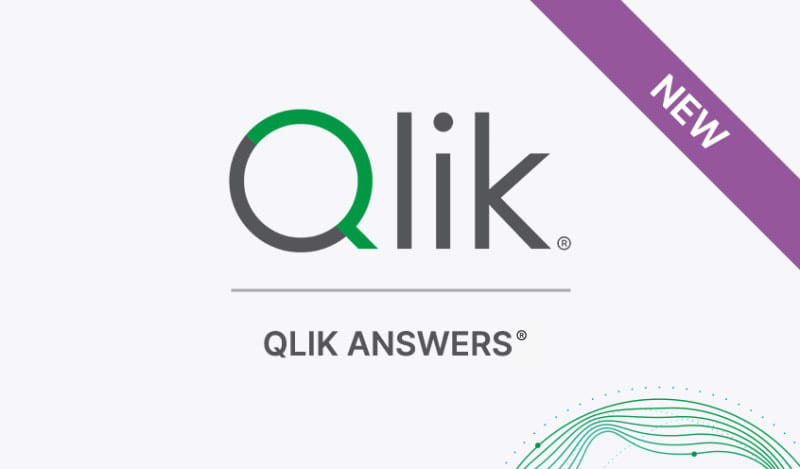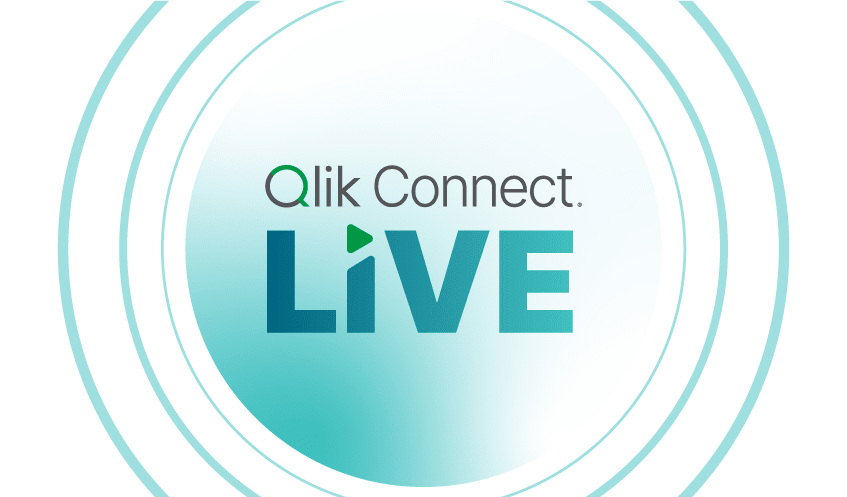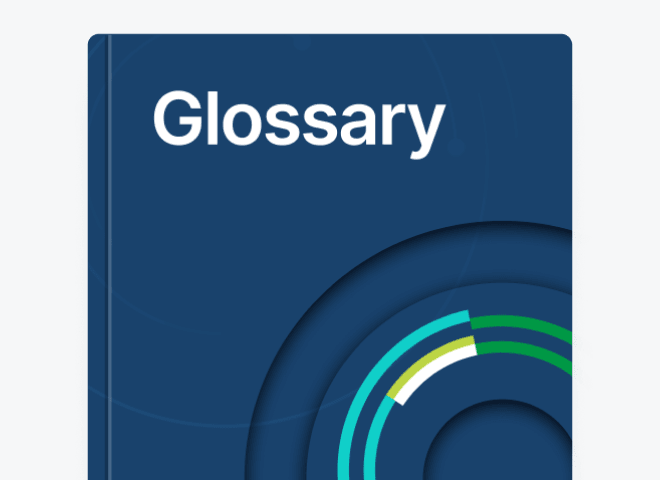Before the end of the year, I met with Christina McCoy, a Customer Success Manager for our federal region. We discussed some of her observations and proven practices for driving adoption in her accounts. Christina joined Qlik two years ago; she has over five years of CSM experience and is a graduate of Howard University, where she was a pitcher for the Bison’s softball program.
AC: What are the common themes you see, when you first assess an organization's analytic culture?
CM: The interesting thing in the federal space right now is that there is a large push toward digital transformation and using data to inform decisions. In the past, decisions were based on gut intuition or depended on how a particular part of that organization wanted to handle the data. This means a change in fundamentally how groups within an organization work together; this entails knocking down data silos, so that they can use data as a unified asset across the organization. Another trend I’m seeing is the drive toward data literacy, which is empowering their users. There is a big push not only toward changing the way that they work with data but also changing the way that people understand and use the data as well.
AC: To make this shift and create an analytics-driven culture, where do you begin?
CM: I think alignment is important. I start at the executive sponsor or the top level within the organization or department. It’s important to define what these particular concepts mean to them. When they talk about digital transformation, that can be a very lofty term. When we’re looking at tangible assets, what does that mean to them? What does the end goal look like for their team? There’s also going to be individual initiatives that are going to be happening at every level within the organization. Typically, we meet regularly with the executive team, as well as the different internal champions to understand what they’re doing and how they’re working together. This communication is a very important part of this process.
AC: How have you progressed your customers from the “walk phase,” where they’re just getting acclimated, into a “run”?
CM: One of the customers I worked with most recently was a fairly one new to Qlik, and, as with any technology, there is a lead time to getting that technology up running. We worked with the executive team as well as the champion, to establish touchpoints with all of the users that will be leveraging the platform to get them familiar with Qlik Sense and get them familiar with the organization’s directions and goals. We did this by holding workshops twice a week. Once we did deploy, we started to do office hours. The three different touchpoints with all of these users allowed them to come in and understand what Qlik is and what Qlik can do. Another important part that helps connect the dots is when you're able to connect the customer with one of the peers. With this particular customer, I had another one of our Department of Defense customers come and speak at a lunch and learn. These efforts helped the customer to increase the adoption and the awareness of Qlik, better understand the analytic initiative and the long term goals of that initiative.
AC: In summary, you ensure alignment with the leadership team and project team by leveraging multiple touchpoints to reinforce the goals and objectives of a successful solution. To top things off, you add the special touch of a peer-to-peer connection to share proven practices. How else are you confirming the strategy for success?
CM: We confirm our strategy for success with the customer by creating a success plan. It is something that we use regularly as a living document to make sure that we are hitting the key milestones and timelines. Also, it is important to have an enablement and outreach program. We’ve also been able to prioritize what those quick wins can be to ensure we were able to meet our deployment date. My customer now has its first applications in deployment. The last time I checked, they have 176 requests for new applications on the platform that was just launched in October 2020.
AC: That's impressive. As we close out, how have you adapted to this remote-work style?
CM: It’s been very interesting. I’ve had to be more available and keep untraditional hours. The reward that comes from that is you do start to build trust. When people can’t see you, face to face, trust is very important to build and cultivate. When your customers trust you, especially in a remote environment, you’re able to make great strides that remove the barriers of needing to meet in person to move things forward. For myself, it’s been a bit of being flexible, but then adapting to what those needs are and knowing that some days may be shorter and some days may be longer.
Learn more about Qlik Customer Success
@aciperski chats w/ Customer Success Manager Christina McCoy about driving digital transformation & an analytics culture
In this article:
Analytics












































